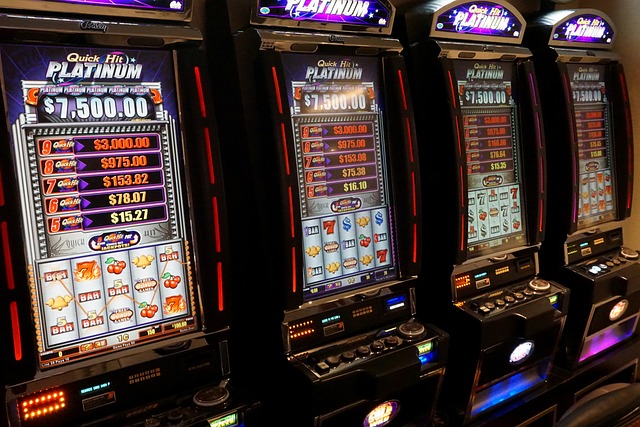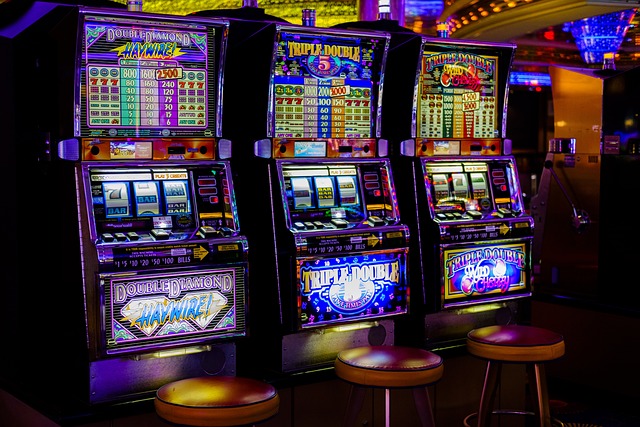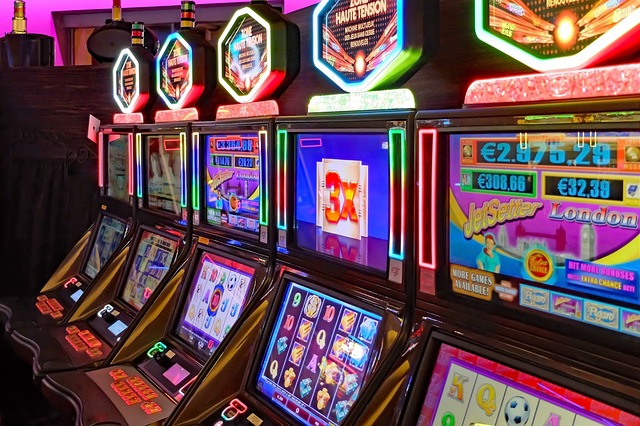Return to Player (RTP) is one of the most quoted statistics in the world of online slots. At first glance, it might seem like a surefire way to pick the best games—after all, a 97% RTP sounds like you’ll win $97 back for every $100 wagered. However, many players misunderstand what RTP actually represents and how it affects real-world gameplay. The truth is, RTP alone is not a guarantee of winnings, and relying on it without considering other factors can lead to frustration and false expectations.
Let’s break down why RTP doesn’t ensure success and what players should really focus on.
What Is RTP, Really?
RTP stands for Return to Player, and it reflects the percentage of all wagered money that a slot machine is expected to pay back to players over a long period of time. For instance, a game with a 96% RTP will theoretically return $96 for every $100 bet—but not to one player in one session.
RTP is calculated over millions of spins, usually in controlled lab conditions or simulations. It’s an average based on vast data, and individual sessions can deviate significantly from that average.
This means that even if a game has a high RTP, your session could end in big wins, small wins, or complete losses, depending purely on randomness.
The Role of Volatility
One of the biggest reasons RTP doesn’t guarantee winnings is volatility, also known as variance. Volatility describes how often and how much a slot pays out.
- Low-volatility slots offer frequent but smaller wins. They may slowly chip away at your bankroll or keep you close to even for longer sessions.
- High-volatility slots pay out less frequently but offer bigger potential rewards. These games can result in long losing streaks before hitting a big win—if it happens at all.
A high RTP slot with high volatility might still produce poor results in a short session. The big wins that balance the RTP may be buried deep within the game’s long-term cycle.
Randomness and RNGs

Slot machines are powered by Random Number Generators (RNGs), which ensure that each spin is entirely independent of the last. This randomness means that no pattern or strategy can influence your results, and each spin has the same odds, regardless of previous outcomes.
RTP doesn’t override RNG. Even in a 98% RTP game, you can still hit a cold streak or lose your entire bankroll quickly. On the flip side, you could also hit a big jackpot early, but this has nothing to do with RTP—it’s purely chance.
Understanding that each spin is statistically isolated helps players manage expectations and avoid overanalyzing short-term performance.
Short-Term vs Long-Term Play
Another misconception is that a high RTP will quickly “even out” during a single session. In reality, RTP is a long-term metric—it plays out over thousands or millions of spins, not a few minutes or even a few hours of play.
Most casual players engage in short-term sessions, meaning RTP has minimal practical impact. You might play a 97% RTP game for 50 spins and end up down 80%, while someone else could play the same game and triple their money in 20 spins.
In the short term, variance dominates over RTP, making results unpredictable.
Bonus Features Can Skew Perception
Many modern slots include bonus rounds, free spins, multipliers, and expanding wilds. While these features are exciting and can boost payouts, they also complicate the RTP equation.
A significant portion of a game’s RTP might be tied to a rare bonus feature. If you don’t trigger it during your session, you may not see anything close to the advertised return. Some players assume that a high-RTP game will offer frequent features, but in reality, those features may only trigger once in hundreds of spins.
It’s important to understand that not all RTP is distributed evenly—some of it is hidden in features you may never reach in a short session.
RTP Can Vary Across Casinos
Some slot providers offer multiple RTP versions of the same game, allowing casinos to choose which one to host. For example, a popular slot may have 92%, 94%, and 96% versions.
Always check the specific RTP setting listed at your chosen online casino, as it may be lower than the version advertised by the game developer. This is especially true on unlicensed or lower-tier platforms.
RTP alone is meaningless if you’re playing on a version of the game that’s been configured with subpar returns.
What You Should Consider Instead

Rather than relying solely on RTP when choosing slots, consider a more complete picture:
- Volatility: Decide whether you prefer steady play or chasing big wins.
- Gameplay features: Choose games with bonuses that suit your style.
- Session goals: Set limits and goals for your session—don’t chase theoretical returns.
- Reputation and transparency: Play at reputable casinos with clear RTP disclosures and certified RNGs.
- Bankroll size: Higher volatility games require larger bankrolls to weather dry spells.
Final Thoughts
RTP is a useful statistic, but it’s not a crystal ball. It offers a long-term average, not a promise of short-term results. To make smarter decisions, players should understand volatility, randomness, and how their own play behavior affects the outcome more than any percentage printed in a game’s info panel.
Ultimately, enjoying slot games responsibly means recognizing that luck and variance outweigh math in the short run. RTP may be important for choosing where to play, but your best tools will always be awareness, discipline, and perspective.
